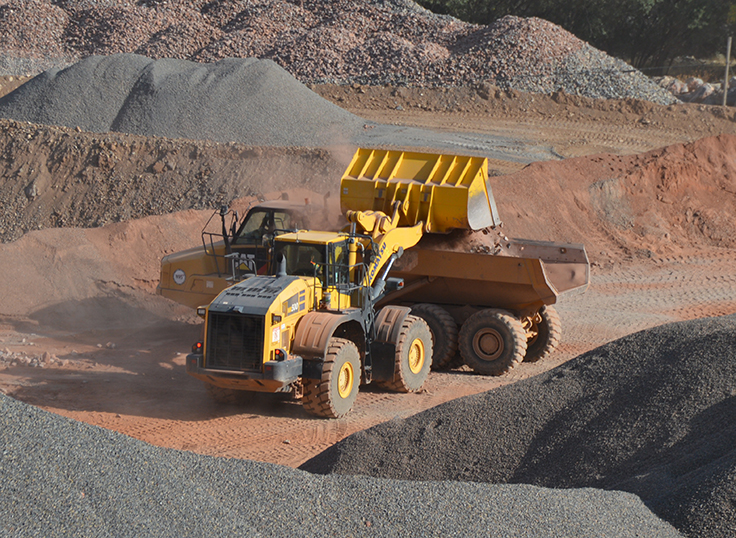

This may say more about how we spend our free time, but we actually pay considerable attention to the Mine Safety & Health Administration’s (MSHA) monthly press releases about their impact inspection results.
We parse the findings and compare the inspection results to the goals emphasized in the release’s commentary. It’s not that we have a morbid curiosity about which operators get stung each month.
Rather, it’s that we want to see if the agency’s expressed goals for this enforcement tool are really being accomplished.
What we’ve found
When MSHA resumed its monthly public reporting of impact inspection results in March 2023, the agency stated that it “conducts impact inspections at mines that merit increased agency attention and enforcement due to factors that include poor compliance history; previous accidents, injuries and illnesses; and other compliance concerns.”
That release went on to document the results of impact inspections conducted at 25 mines (metal/nonmetal and coal) in January and February of that year. The impact inspections produced 374 citations – 113 of which were marked significant and substantial (S&S).
In addition, the agency noted that 13 of the citations alleged unwarrantable failure on the part of the operator.
The 30 percent S&S ratio greatly exceeded the national average that usually hovers around the low 20s, but the great majority of citations (261) were non-S&S. Ten of the 13 unwarrantable failure citations/orders are currently in contest, so it is difficult to fully evaluate MSHA assistant secretary Chris Williamson’s conclusion in the release that the impact inspections “uncovered serious violations, demonstrating that they remain an important enforcement tool to address safety and health issues at mines with poor compliance histories.”
Across all of 2023, MSHA impact inspections at 176 mines produced 2,739 citations and orders – 764 of which were marked S&S. That 27 percent S&S ratio over 12 months was closer to, but still exceeded, the regular inspection national average. MSHA also issued a total of 56 unwarrantable failure findings, many of which are still in contest.
An admittedly less-than-scientific review of these numbers bears out some of the industry concerns about impact inspections. Specifically, those concerns have been that if three or four inspectors show up at your operation – sometimes with a field office supervisor in tow – there is a greater chance that there will be a higher percentage of S&S and heightened-gravity citations issued than in regular inspections.
It is understandable that if the inspection team is directed to an operation with the prompt that it is a problem site with a high violation history, there is a good chance that that team is going to be more inclined to evaluate a higher likelihood of injury and gravity in greater numbers than in a regular inspection. To be fair, some impact inspections do not produce many citations.
While there are a number of criteria that MSHA considers in determining whether to initiate an impact inspection – violation history, operator tactics, hazard complaints, plan compliance issues, inadequate exams, accident/injury rates, fatal accidents, adverse conditions, respirable dust issues and operational changes – violation history is clearly the chief criteria.
Consequently, when inspectors are evaluating how to write the citation, it often seems that violation history – especially repeat history – overwhelms mitigating factors like PPE, lack of exposure and lack of knowledge to justify S&S and higher-negligence allegations.
We have seen situations in which, for instance, a housekeeping condition that has just occurred, about which management is not aware, and in an area with very little exposure to personnel, would generally, in a regular inspection, be evaluated as non-S&S and low or moderate negligence. In an impact inspection, however, the narrative for that same citation will often stress the number of times the standard has been cited over the last 15 months and evaluate the citation as S&S and high negligence.
Final thoughts
The industry is focused on addressing the fatal accident spike that occurred over the last few years. MSHA sees impact inspections as a tool to handle that crisis.
That may be the case, but a year’s worth of numbers appears to provide some indication that regular inspections and impact inspections are conducted on significantly different playing fields.
Related: Grant funding available for mine safety training
Bill Doran and Margo Lopez are with the national labor, employment and safety law firm Ogletree Deakins. They can be reached at william.doran@ogletree.com and margaret.lopez@ogletree.com.












